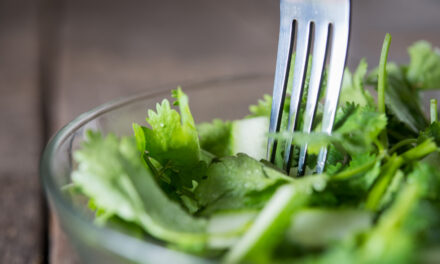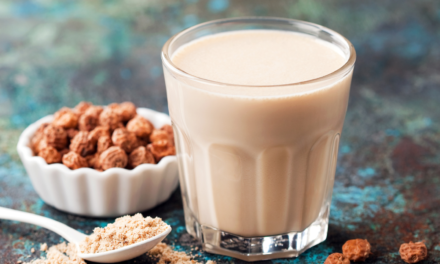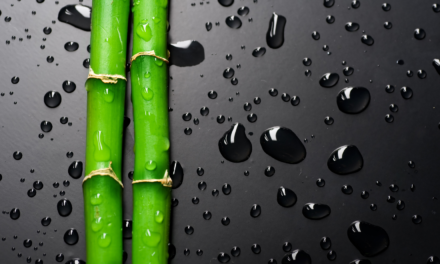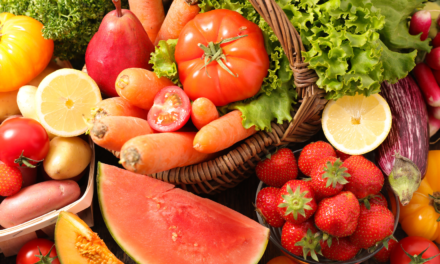
How to store food to preserve nutrient
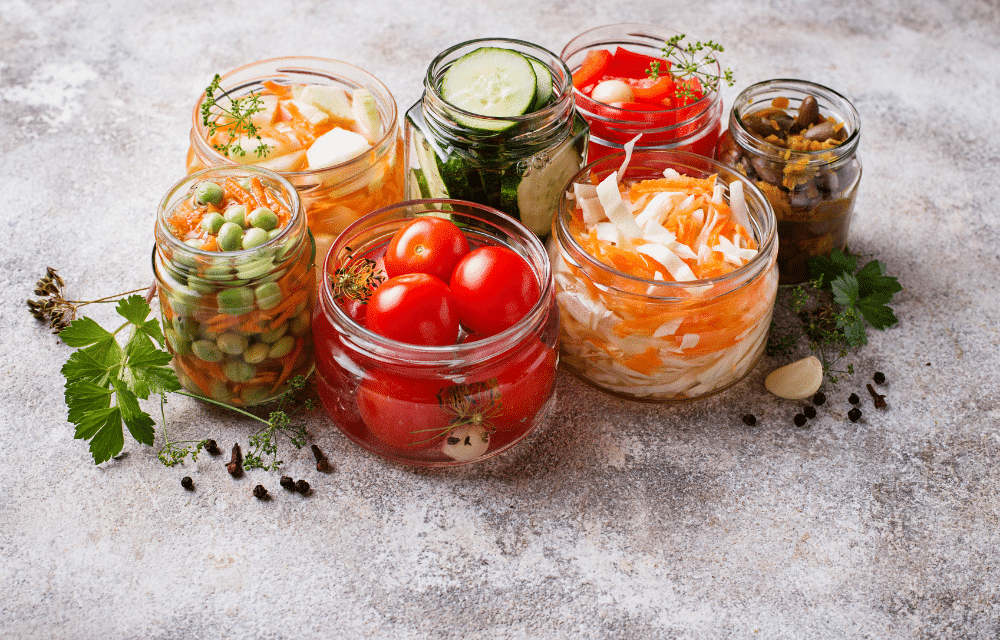
Consuming fresh product is the best way to keep food’s nutrients and vitamins. To limit food waste, it is usually tempting to store your food for longer. So how should we store aliments to preserve their nutritive qualities?
Whatever the region or the culinary culture, traditional storing was the unique way to store properly as freezers only appeared in the 60s.
Now consumers prefer simplicity to quality storing. It is now or never. We need to be consum-actors!
What is the best storing technique?
Refrigerator
After 2 days in the refrigerator, spinach, strawberry, cherry and raspberry keep 70% of their nutrients. At around 8°C temperature and with a high level of humidity, vitamins can be preserved.
Apples and apricots should be stored alone. These fruits emit ethylene that accelerate their ripening. If you can, store them away from other fruits in a sealed container or a damp linen.
You should know that vitamins A, E and B (B1, B2 or B12) do not like light. As for vitamin C, oxygen is not a great combination.
To maintain the vitamin A from dairy and vitamin B from eggs, they are stored in their original and opaque packaging. You should not let them outside for too long as they tend to be sensitive to light and heat.
Freezer
Freezing is meant to preserve nutritive qualities for a long period of time. The process can last for 24 hours. You need to reach an average temperature of -18°C.
Proteins, vitamins and minerals contained in frozen meat are not altered. Fruits and vegetables with low water can retain from 40 to 80% of vitamin C.
Outside of the refrigerator
Exotic fruits, cucumber, potato, garlic and onion are sensitive to cold. It is better to store away from light and in a dry environment.
Tomato also does not like cold. You can see how hard and without flavours they are after being kept in the refrigerator.
Drying
When you dry fruits, they will lose up to 80% of their water content. It raises their sugar level and the concentration of flavouring molecules and nutrients.
With a slow drying process, B vitamins and vitamin C are lost. Compared to their fresh counterparts, dried fruit is three to five times richer in fibre and minerals, especially potassium (banana, apricot) and iron (apricot).
The new microwave vacuum drying technique not only preserves most of the minerals, trace elements, flavonoids and other phytochemicals, but also about 70% of the vitamins.







